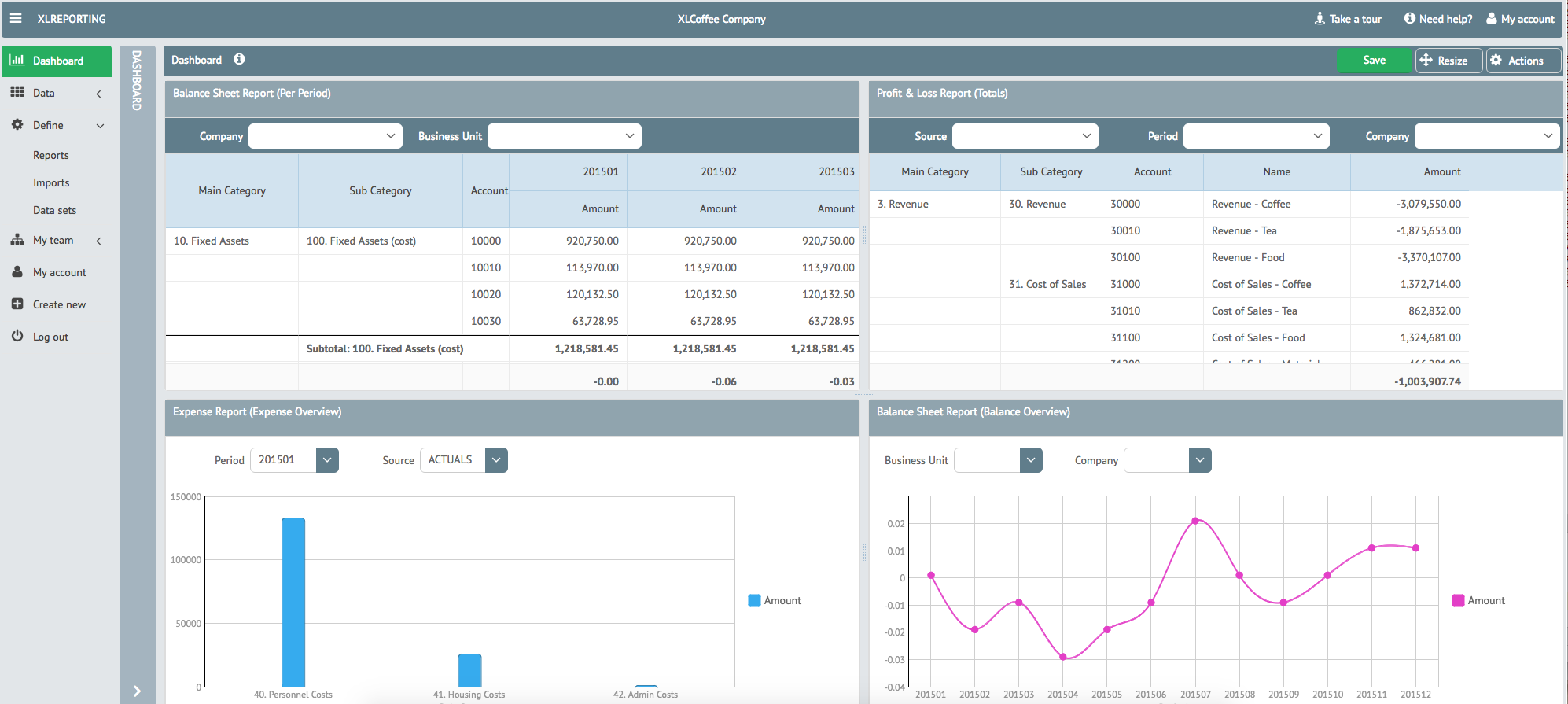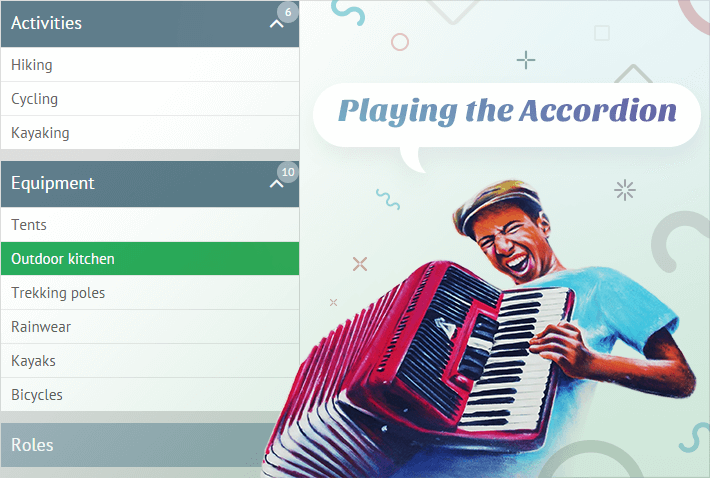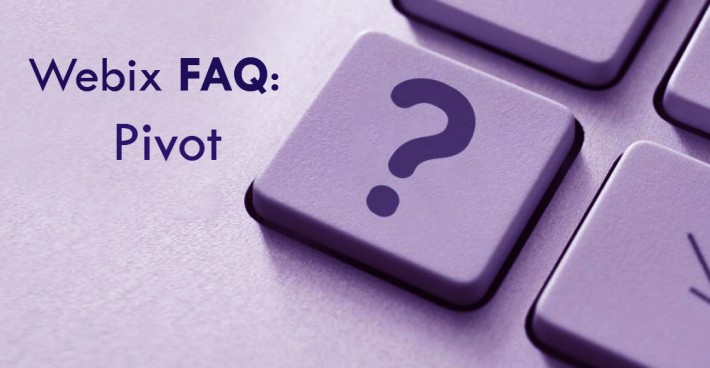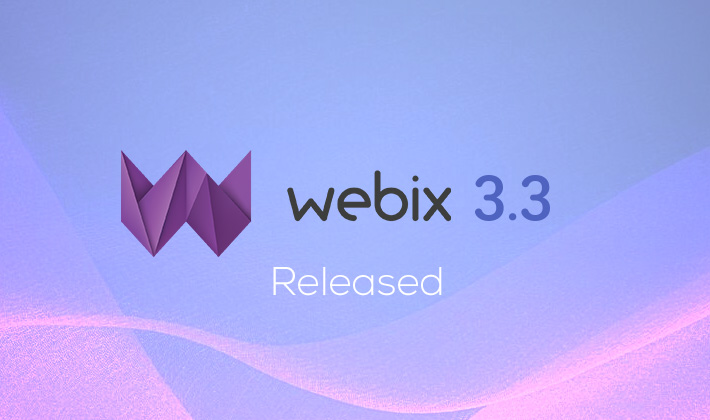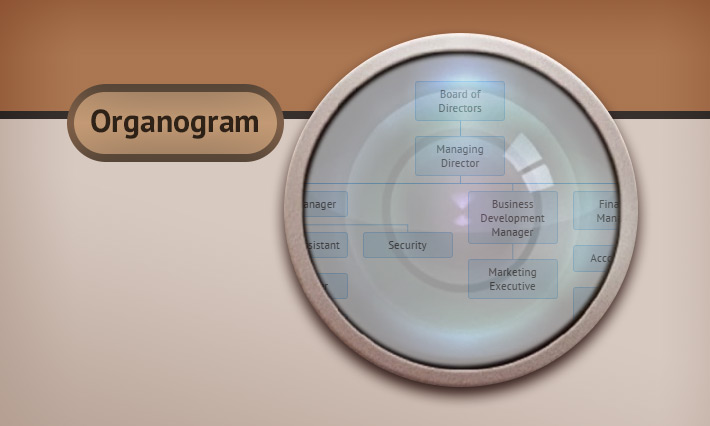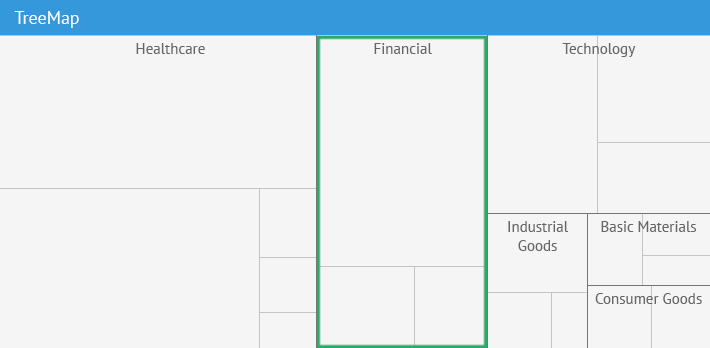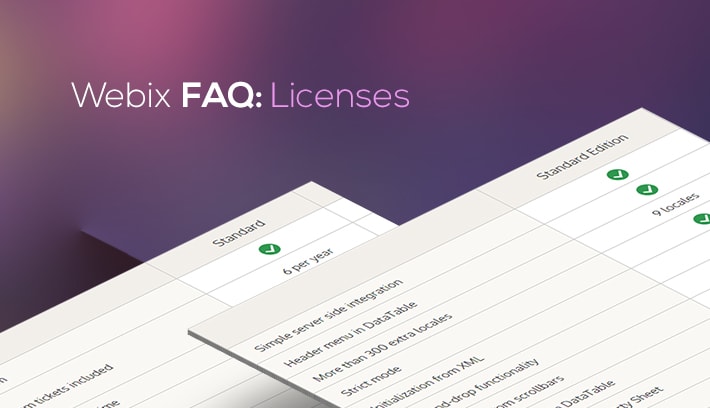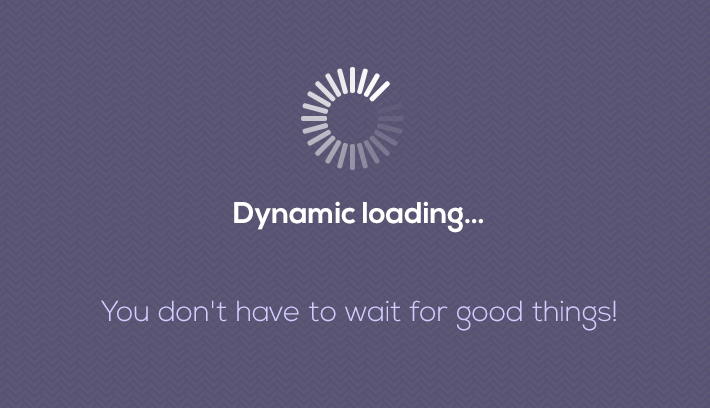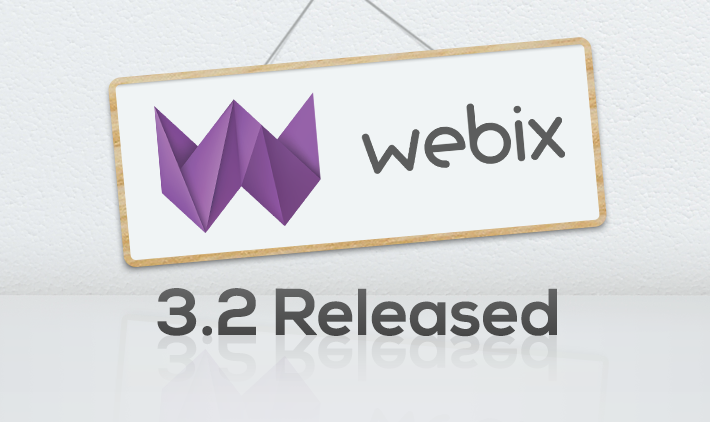“Thanks God it’s Friday” – that’s what people say as they feel a great relief after a fruitful working week. I want to make this day even more happier and suggest the cure to a common developer problem – user inputs.
We all want to collect as much information from users as possible, while making this process predictable and controlled with respect to user freedom of choice. In this article we will try to squeeze through the variety of Webix combobox controls to solve this task.
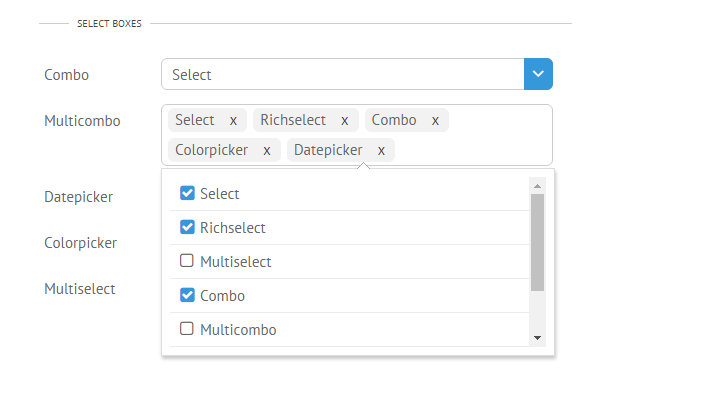
As a teaser, I’m giving you the numbers: Webix offers 7 ready-made select widgets and 7 suggest lists for autocomplete options alongside with great possibilities to customize and mix them all to create an ultimate web combobox!
